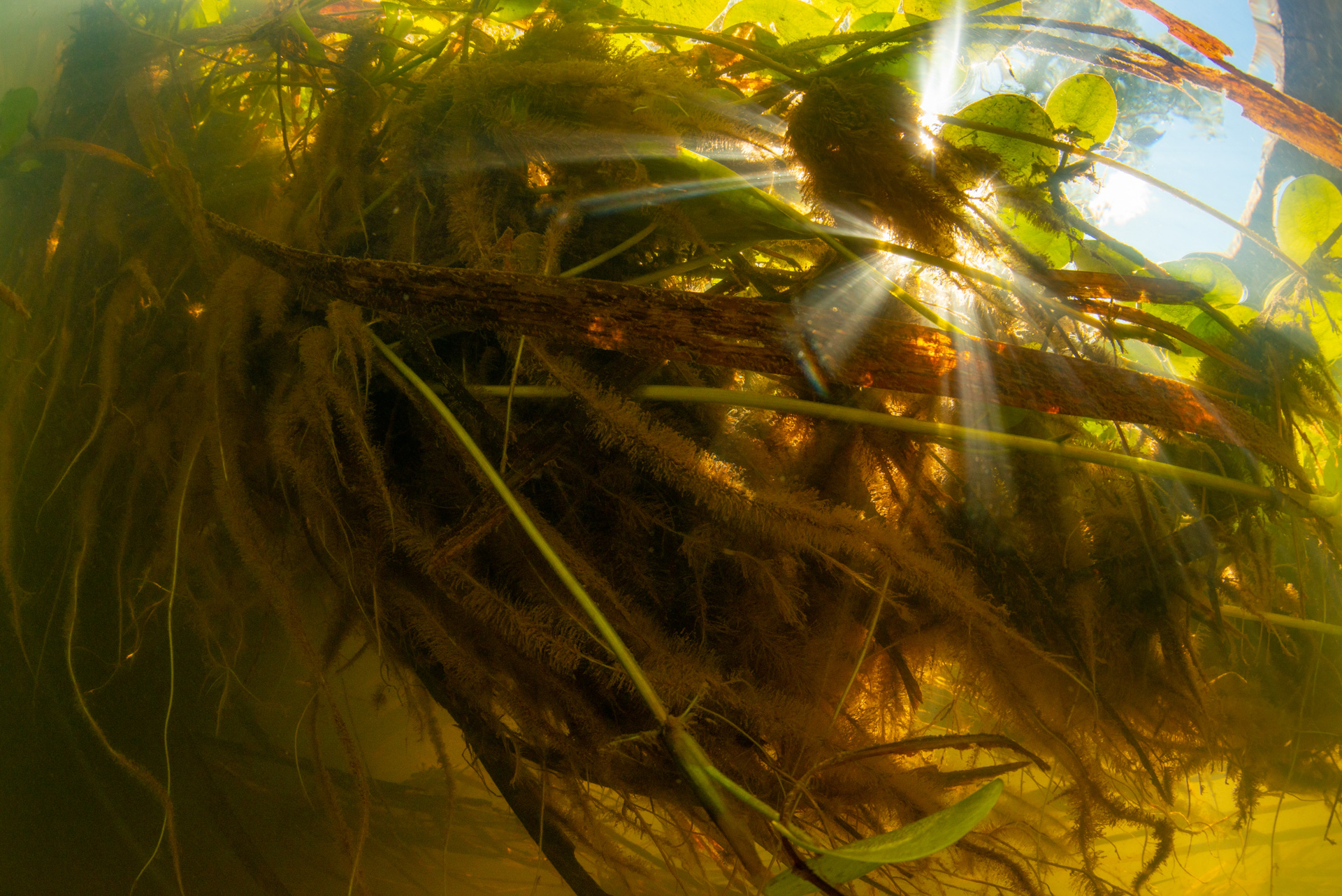|
|
Substrate productivitySoil productivity is defined as the capacity of a soil to produce a certain yield of agricultural crops or other plants using a defined set of management practices[1]. Soil productivity in ecosystems is influenced by nutrients which plants and animals need to grow (such as nitrogen and phosphorus). Changes to nutrient concentration and soil productivity can change the ecology of a system, with flow on effects to flora, fauna, food webs and decomposition. Soil and substrate productivity (or soil fertility) directly impacts plant growth. A shortage or absence of essential nutrients can affect plant growth. Increases to the nutrient concentrations in the soil of a wetland can lead to eutrophication (excess nutrient enrichment), an increase in primary production, changes to food webs and even changes to community structure of species in the wetland. Higher nutrient levels also can contribute to the increase of exotic plant species. The amount of nutrient in soils can depend on:
Productivity in agricultural systemsProductivity refers to the capacity of soil to produce crops and is usually expressed in terms of yields[3]. Soil productivity is not necessarily related to the ‘soil health’ and/or ‘soil quality’. The soil health refers to self-regulation, stability, resilience, and lack of stress symptoms in a soil as an ecosystem and describes the biological integrity of the soil community-the balance among organisms within a soil and between soil organisms and their environment[3]. Links and ReferencesSoil fertility - Queensland Government References
Last updated: 19 October 2023 This page should be cited as: Department of Environment, Science and Innovation, Queensland (2023) Substrate productivity, WetlandInfo website, accessed 18 March 2024. Available at: https://wetlandinfo.des.qld.gov.au/wetlands/ecology/components/substrate/soils/productivity-soil/ |

 — Department of Environment, Science and Innovation
— Department of Environment, Science and Innovation


